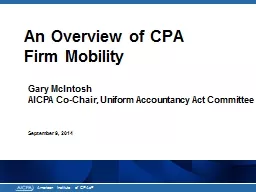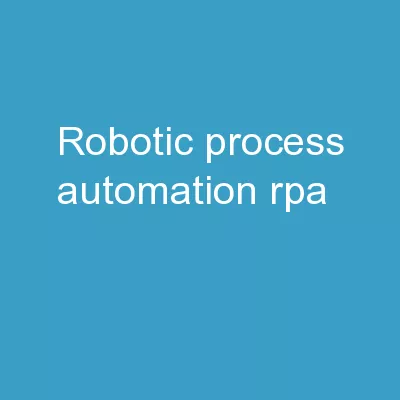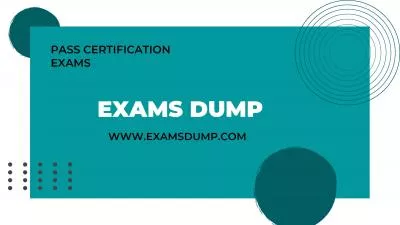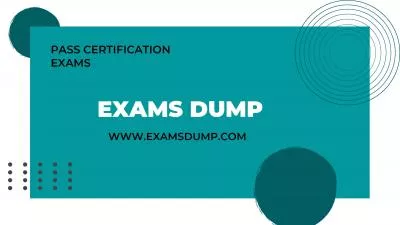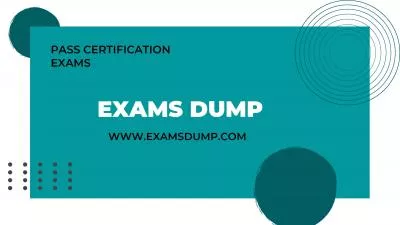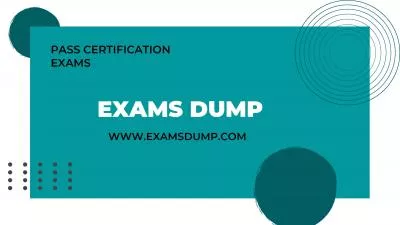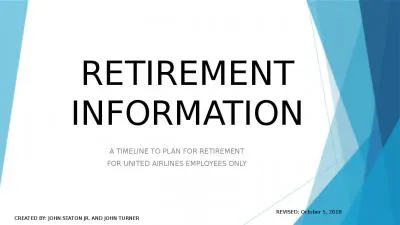PPT-Retirement Plan Update September 24, 2015 Patrick McKie, CPA, RPA
Author : liane-varnes | Published Date : 2019-11-02
Retirement Plan Update September 24 2015 Patrick McKie CPA RPA Audit Manager CBIZ MHM LLC and Mayer Hoffman McCann PC Significant experience in a variety of retirement
Presentation Embed Code
Download Presentation
Download Presentation The PPT/PDF document "Retirement Plan Update September 24, 201..." is the property of its rightful owner. Permission is granted to download and print the materials on this website for personal, non-commercial use only, and to display it on your personal computer provided you do not modify the materials and that you retain all copyright notices contained in the materials. By downloading content from our website, you accept the terms of this agreement.
Retirement Plan Update September 24, 2015 Patrick McKie, CPA, RPA: Transcript
Download Rules Of Document
"Retirement Plan Update September 24, 2015 Patrick McKie, CPA, RPA"The content belongs to its owner. You may download and print it for personal use, without modification, and keep all copyright notices. By downloading, you agree to these terms.
Related Documents



